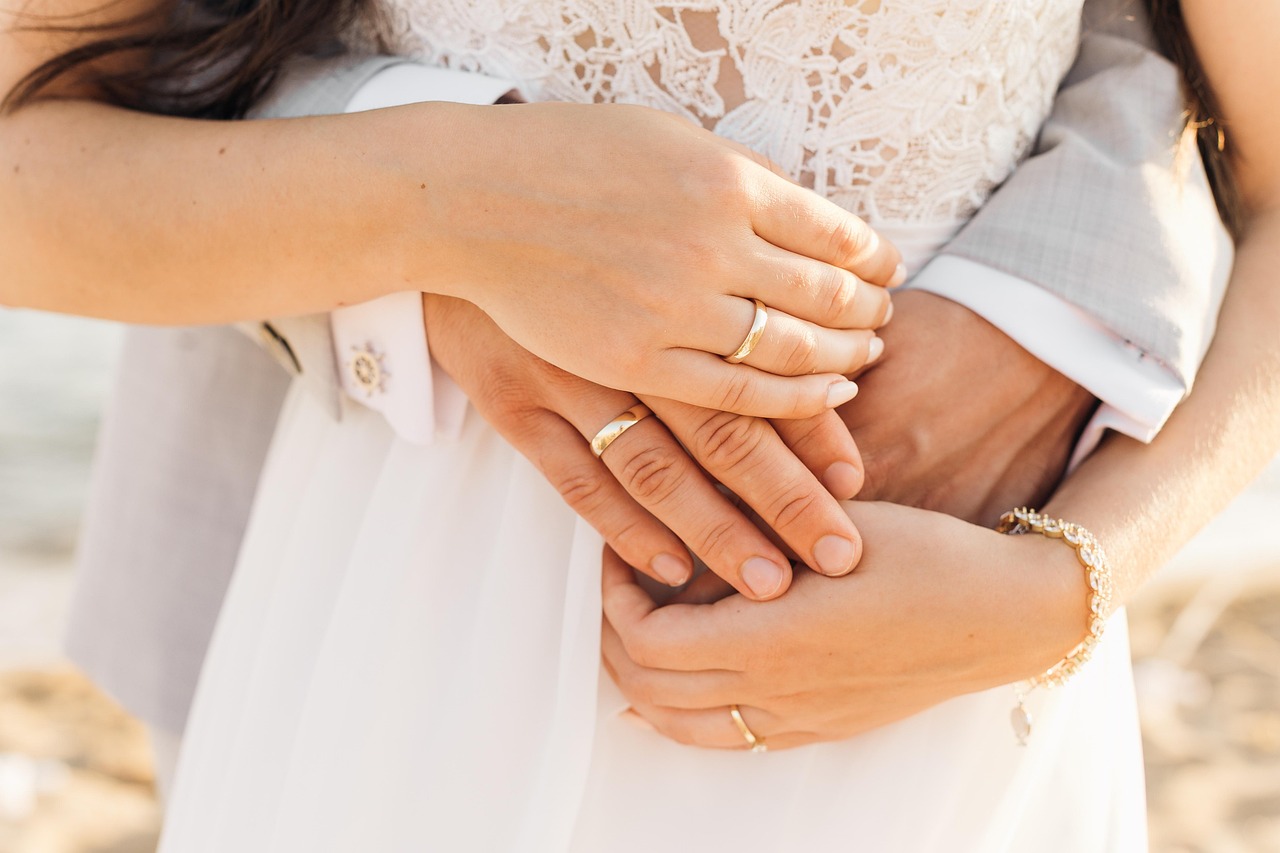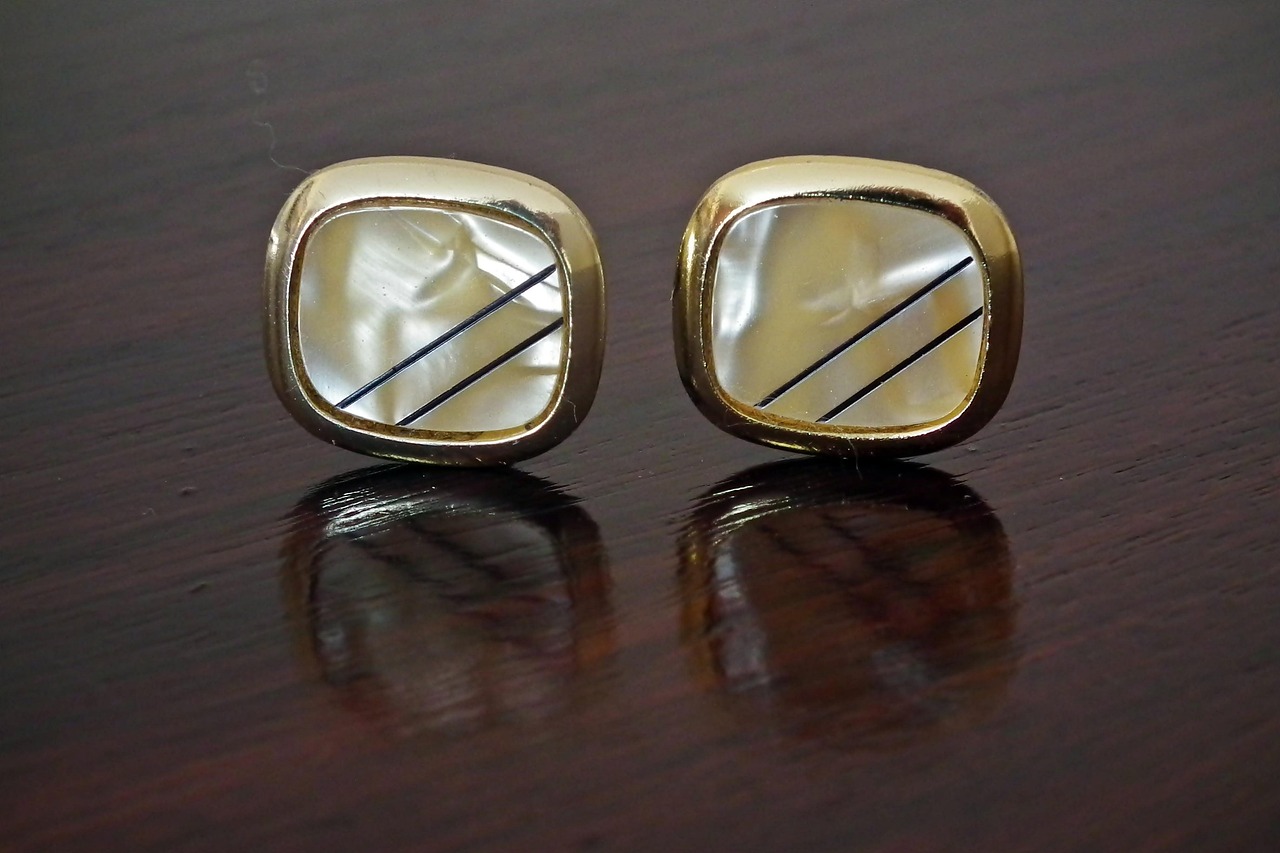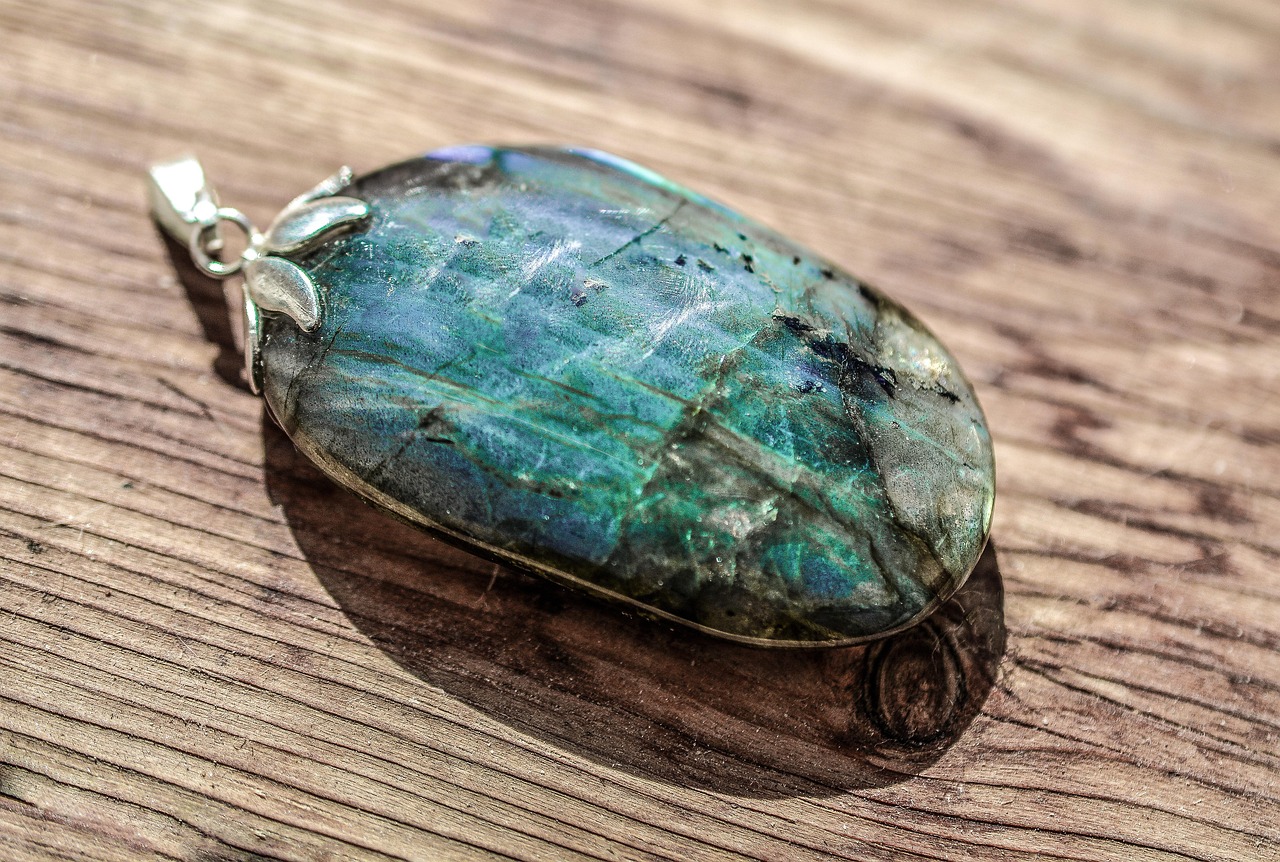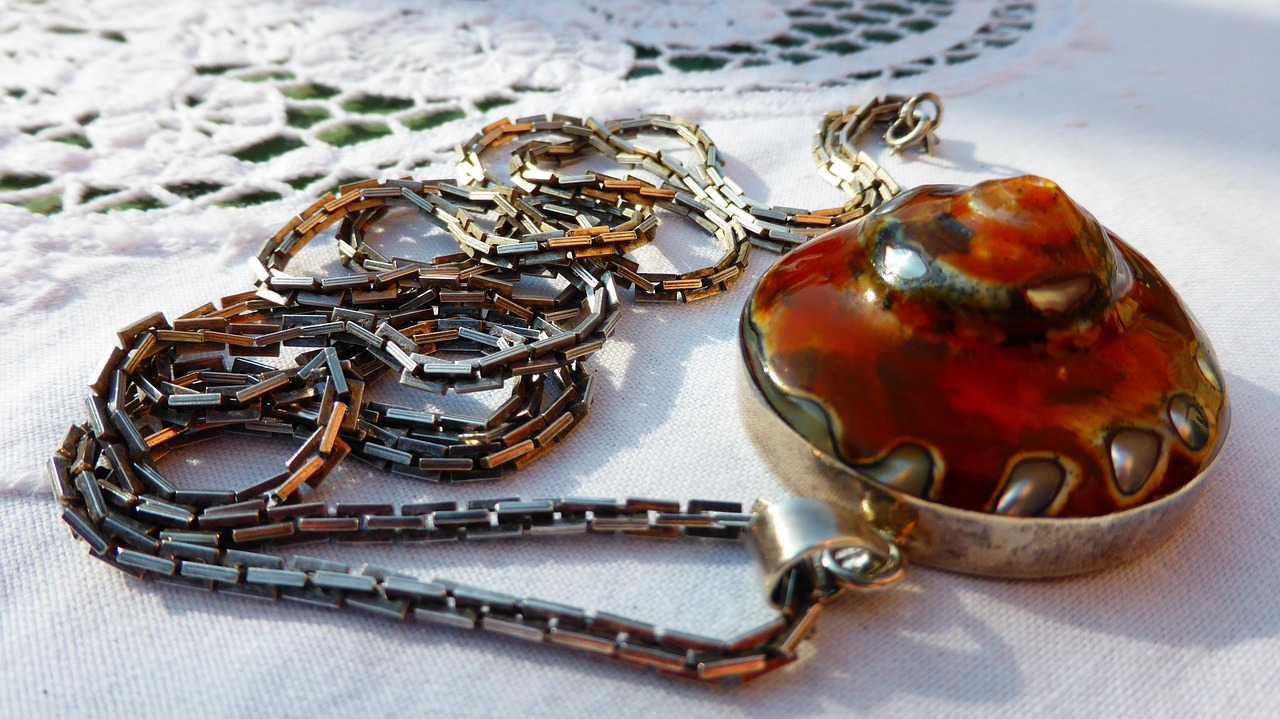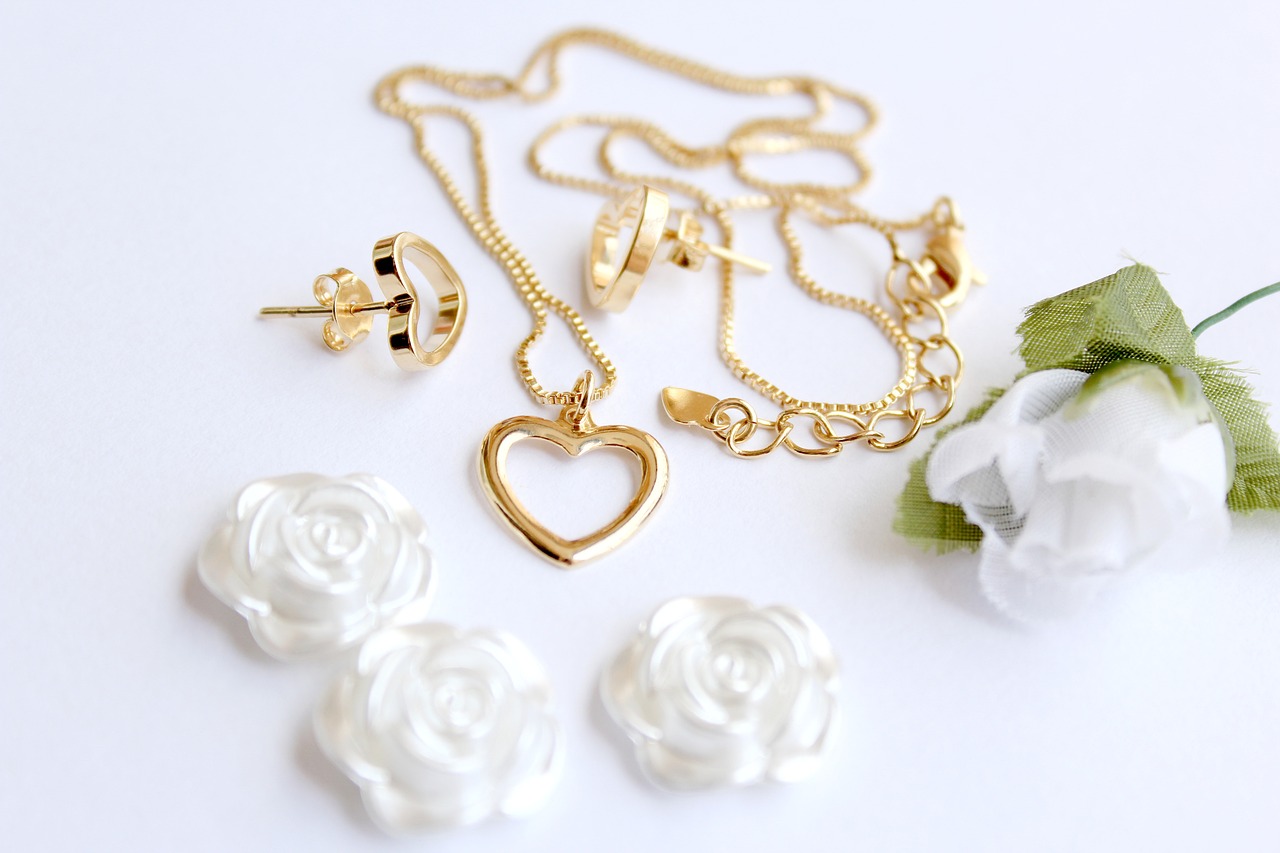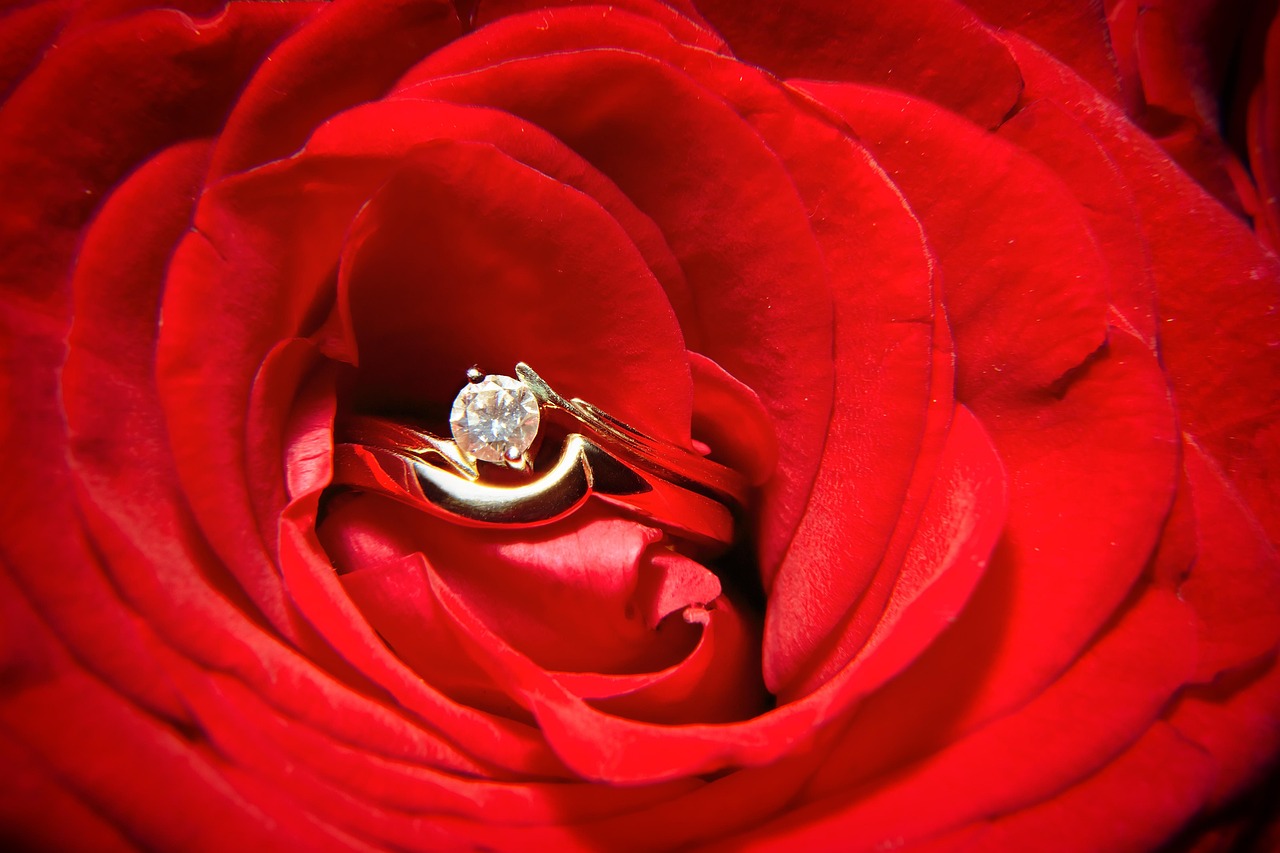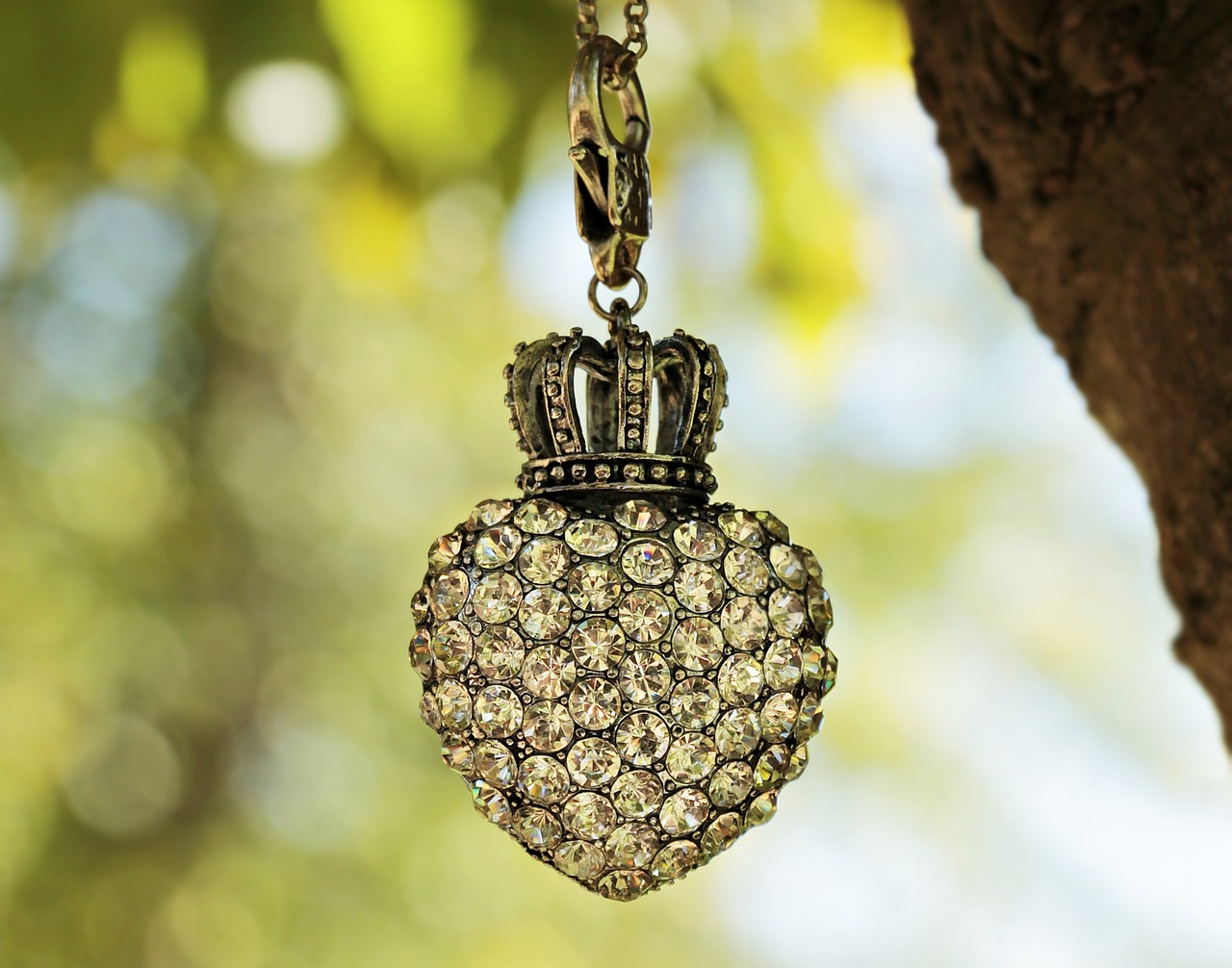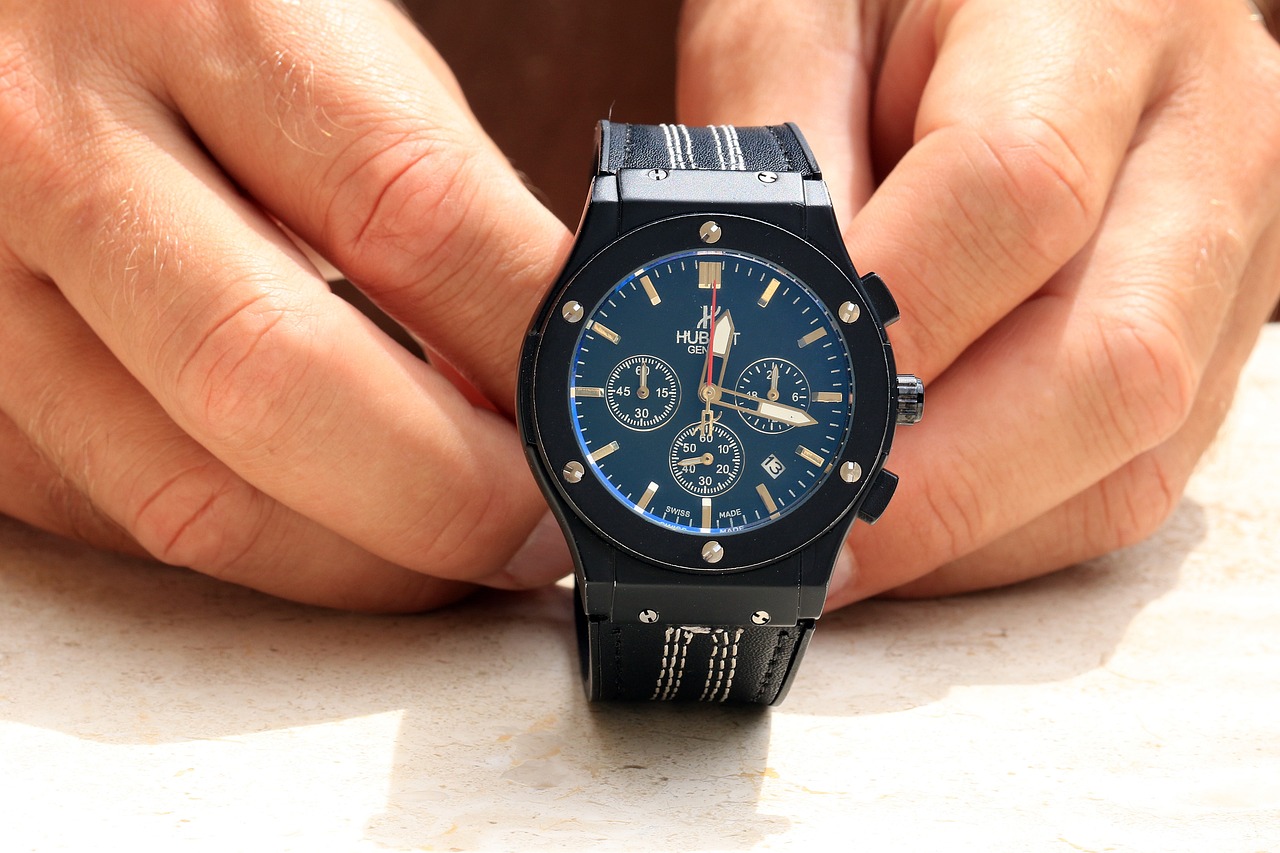This article delves into the value retention of handmade jewelry, focusing on various factors that influence its worth, current market trends, and practical tips for both buyers and sellers aimed at maximizing investment potential.
What Factors Influence the Value of Handmade Jewelry?
Several key elements affect the value of handmade jewelry. These include:
- Materials Used: The type and quality of materials significantly impact value.
- Craftsmanship: The skill involved in creating the piece can enhance its desirability.
- Brand Reputation: Established artisans often command higher prices.
- Market Demand: Trends can influence how much buyers are willing to pay.
How Does Material Impact Handmade Jewelry Value?
The materials utilized in handmade jewelry play a crucial role in determining its value. Precious metals like gold and silver, as well as high-quality gemstones, typically enhance the worth of a piece. In contrast, alternative materials may not hold the same appeal.
Gold vs. Silver: Which Is More Valuable?
Gold and silver each have distinct market values. Generally, gold holds a higher value due to its rarity and demand, but silver can also be valuable, particularly when its purity and craftsmanship are high.
Understanding Karats in Gold Jewelry
The karat system indicates the purity of gold, with higher karat values (like 18K or 24K) typically signifying greater value. Understanding this can help buyers make informed decisions.
The Role of Silver Purity in Value
Silver is often categorized by purity, with sterling silver (92.5% pure) being the most common. Higher purity levels can enhance value but may also affect durability.
Gemstones: Do They Increase Value?
Gemstones can significantly elevate the value of handmade jewelry. Factors such as rarity, quality, and origin are crucial in determining their impact on overall worth.
What Role Does Craftsmanship Play in Value Retention?
The skill and artistry involved in creating handmade jewelry can greatly influence its value retention. High-quality craftsmanship often leads to better value retention over time.
Evaluating Craftsmanship in Handmade Pieces
To assess craftsmanship, examine details such as design intricacy, finishing techniques, and overall aesthetics. These factors can indicate the quality and potential value of the piece.
How to Spot Authentic Handmade Jewelry
Authenticity is essential for value retention. Learning to identify hallmarks, signatures, and unique characteristics can help buyers distinguish genuine handmade pieces from mass-produced items.
Does Brand Reputation Affect Handmade Jewelry Value?
The reputation of the brand or artisan can significantly influence the value of handmade jewelry. Established names often command higher prices due to trust and perceived quality.
How Does Market Demand Impact Value?
Market trends and consumer preferences can fluctuate, affecting the value of handmade jewelry. Staying informed about current trends allows buyers and sellers to make strategic decisions.
Identifying Current Trends in Handmade Jewelry
Understanding what styles, materials, and designs are currently popular can help inform purchasing decisions and investment strategies for handmade jewelry.
Seasonal Trends and Their Effects on Value
Seasonal trends can impact the demand for specific types of handmade jewelry, influencing pricing and market value during certain times of the year.
What Are the Best Practices for Buying Handmade Jewelry?
When purchasing handmade jewelry, it’s essential to consider factors like authenticity, craftsmanship, and market trends to ensure a sound investment and value retention.
Where to Buy Authentic Handmade Jewelry
Finding reputable sources for authentic handmade jewelry is crucial. Look for artisan markets, trusted online platforms, and established boutiques to ensure quality and value.
How to Evaluate Price vs. Value
Understanding the difference between price and value is vital when buying handmade jewelry. Assessing craftsmanship, materials, and market demand helps buyers make informed decisions.
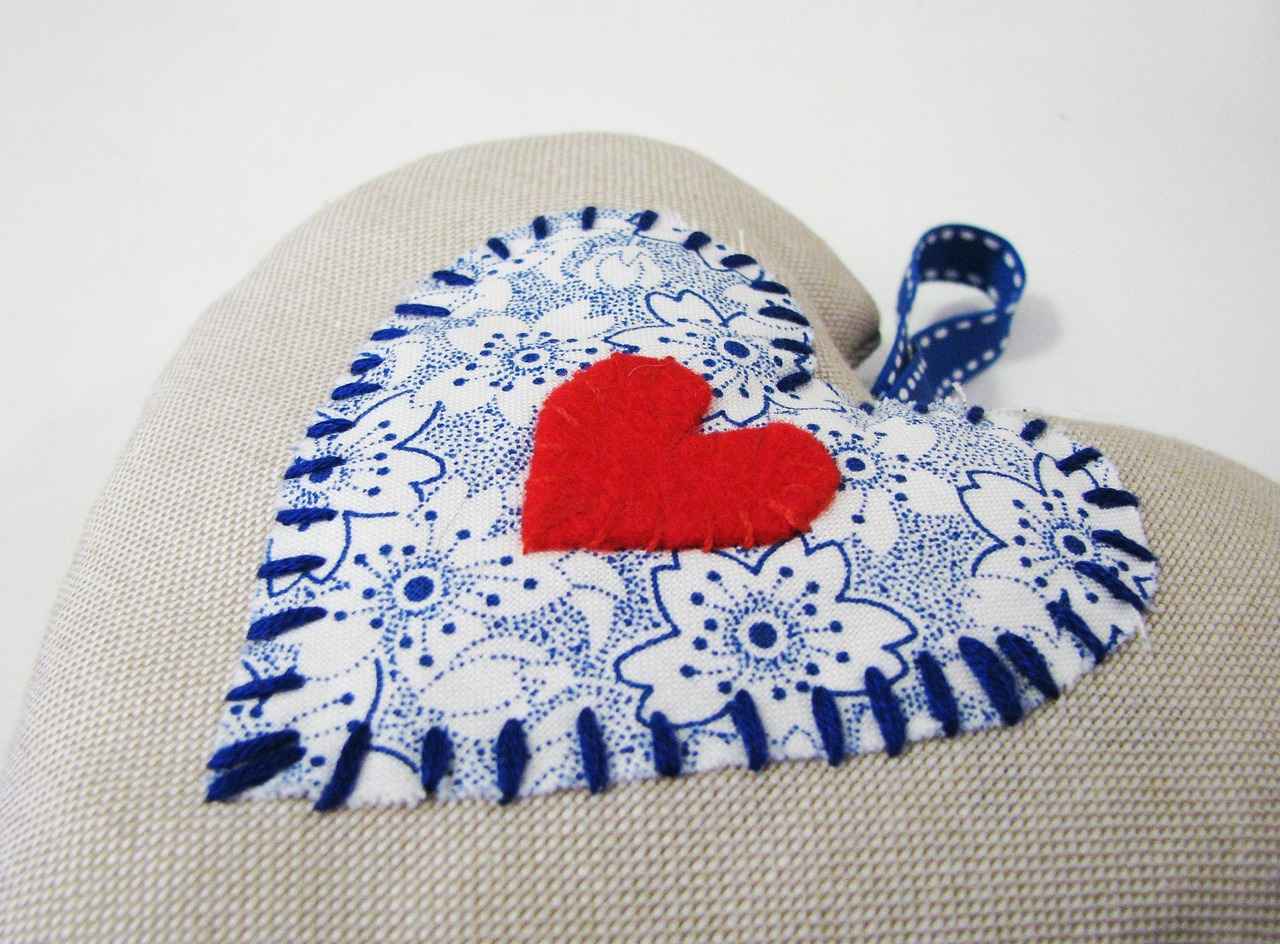
What Factors Influence the Value of Handmade Jewelry?
When it comes to understanding the value of handmade jewelry, several key factors play a pivotal role. These elements not only influence the initial pricing but also the long-term value retention of these unique pieces. By gaining insight into these factors, both buyers and sellers can make informed decisions in the marketplace.
Several critical elements affect the value of handmade jewelry, including:
- Materials Used: The type of materials significantly impacts value. Precious metals like gold and silver, along with high-quality gemstones, tend to enhance the worth of a piece. Alternative materials, while sometimes unique, may not hold the same appeal.
- Craftsmanship: The skill and artistry involved in creating a piece can greatly influence its value. Jewelry that showcases intricate designs and superior finishing techniques often retains its value better over time.
- Brand Reputation: The reputation of the artisan or brand can significantly affect pricing. Well-established names are often trusted for their quality, leading to higher valuations.
- Market Demand: Trends and consumer preferences can fluctuate, impacting the value of handmade jewelry. Staying informed about current styles can help in making strategic buying or selling decisions.
The materials used in handmade jewelry are perhaps the most influential factor in determining its value. For instance, pieces made from precious metals like gold typically hold greater value compared to those made from less expensive alternatives. This is due to the inherent worth of the materials themselves, which can fluctuate based on market conditions.
When considering gold and silver, it’s essential to understand that gold generally commands a higher market value. However, silver can also be valuable, particularly when it is of high purity, such as sterling silver (92.5% pure). The craftsmanship involved in creating the piece also plays a significant role in its overall worth.
Incorporating gemstones into handmade jewelry can significantly elevate its value. Factors like rarity, quality, and origin of the gemstones are crucial in determining their impact on the overall piece. For example, rare gemstones like emeralds or diamonds can substantially increase the value of a piece, especially if they are of high quality.
The craftsmanship involved in handmade jewelry is another critical factor affecting its value. High-quality craftsmanship often leads to better retention of value over time. Buyers should assess the intricacies of design, finishing techniques, and overall aesthetics to gauge the quality of the craftsmanship.
The reputation of the brand or artisan can have a significant impact on the value of handmade jewelry. Established artisans often command higher prices due to their proven track record of quality and reliability. Buyers are more likely to invest in pieces from brands they trust.
Market demand is a dynamic factor that can greatly influence the value of handmade jewelry. Trends can change based on consumer preferences, seasonal styles, and cultural shifts. Staying informed about what styles and materials are currently popular can help buyers and sellers make strategic decisions.
When purchasing handmade jewelry, it’s essential to consider the factors mentioned above. Look for authenticity, craftsmanship, and market trends to ensure a sound investment. Finding reputable sources, such as artisan markets or trusted online platforms, can help buyers secure quality pieces that hold their value.
In summary, understanding the various factors that influence the value of handmade jewelry can provide valuable insights for both buyers and sellers. By focusing on materials, craftsmanship, brand reputation, and market demand, individuals can make informed decisions that maximize their investment potential.
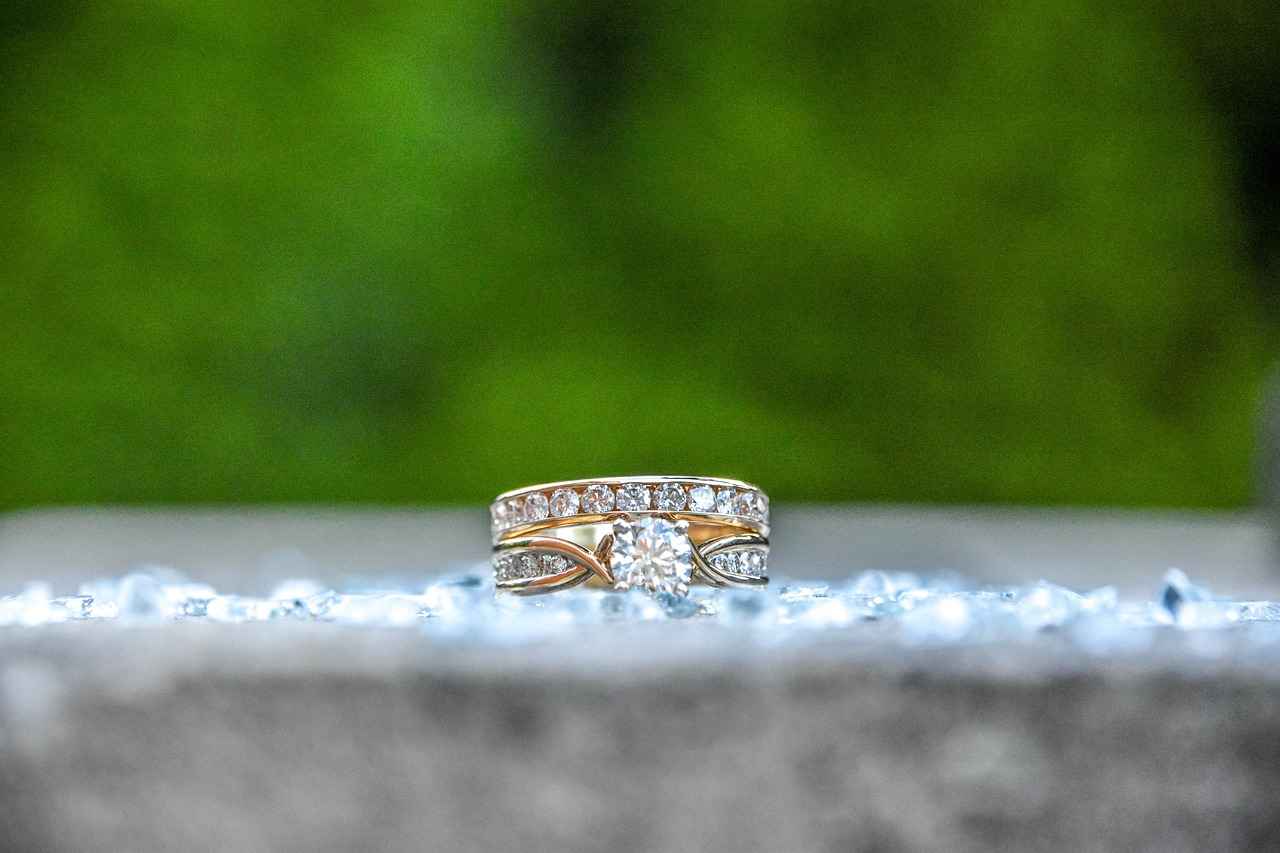
How Does Material Impact Handmade Jewelry Value?
When it comes to the world of handmade jewelry, the materials used play a crucial role in determining the overall value of each piece. Jewelry crafted from precious metals and gemstones typically commands higher prices due to their inherent value and desirability. In contrast, pieces made from alternative materials may not hold the same appeal, impacting their market worth significantly.
Understanding the types of materials that enhance the value of handmade jewelry is essential for both buyers and sellers. Here are some of the most valuable materials:
- Gold: Known for its durability and luster, gold is a highly sought-after metal in jewelry making. The value of gold jewelry is often determined by its karat, with higher karat values indicating a greater gold content.
- Silver: While generally less expensive than gold, sterling silver (92.5% pure) is popular for its affordability and versatility. Its value can increase with higher purity levels.
- Platinum: This rare metal is often considered more valuable than gold due to its scarcity and durability, making it a premium choice for fine jewelry.
- Gemstones: The inclusion of gemstones can significantly elevate the value of handmade jewelry. Factors such as rarity, quality, and origin of the stones play a vital role in determining their worth.
Gemstones can dramatically increase the value of handmade jewelry. However, not all gemstones are created equal. Here are some key considerations:
- Rarity: Rare gemstones, such as Alexandrite or Paraiba Tourmaline, can command extremely high prices due to their limited availability.
- Quality: The quality of a gemstone is assessed based on its clarity, cut, color, and carat weight. Higher quality stones will significantly enhance the overall value of the jewelry.
- Origin: Some gemstones are more valuable based on their geographic origin. For instance, Burma rubies and Kashmir sapphires are particularly prized in the market.
While precious metals and gemstones are the cornerstones of valuable handmade jewelry, alternative materials can also play a role. Here’s how:
- Artisan Techniques: Jewelry made from alternative materials, such as wood or resin, can gain value through unique artisan techniques and creative designs.
- Market Trends: The popularity of alternative materials can fluctuate, influencing their market value. For instance, eco-friendly materials may appeal to a growing demographic of environmentally conscious consumers.
When evaluating the value of handmade jewelry, consider the following:
- Research: Stay informed about current market trends and material values to make educated decisions.
- Authenticity: Ensure that the materials used are authentic and of high quality. Look for certifications or appraisals when purchasing.
- Craftsmanship: High-quality craftsmanship can enhance the value of any piece, regardless of the materials used.
In summary, the materials used in handmade jewelry significantly influence its value. Understanding the different types of materials, their unique attributes, and how they are perceived in the market can empower both buyers and sellers to make informed decisions.
Gold vs. Silver: Which Is More Valuable?
When it comes to investing in jewelry, understanding the value of materials is crucial. Among the most sought-after materials are gold and silver, each boasting unique characteristics that appeal to different buyers. This section will delve into the distinctions between gold and silver, highlighting their market values and the factors that contribute to their worth.
Gold is often regarded as a symbol of wealth and luxury. It has been used for centuries in jewelry making, and its intrinsic value is backed by its rarity and the costs associated with mining and refining. The market value of gold fluctuates based on global economic conditions, but it generally remains higher than silver due to its limited supply and high demand.
On the other hand, silver has its own appeal. While it typically holds a lower market value compared to gold, it can still be quite valuable, especially when considering its purity and the craftsmanship behind each piece. Silver is often used in more accessible jewelry options, making it a popular choice for everyday wear. Its value can increase significantly when it is crafted into unique designs or combined with high-quality gemstones.
The purity of both gold and silver plays a vital role in determining their value. Gold is measured in karats, with 24K being pure gold. As the karat number decreases, so does the gold content, impacting the overall value. For example, an 18K gold piece contains 75% gold and is generally less expensive than a 24K piece but still retains significant value.
Similarly, silver is categorized by its purity level. Sterling silver, which is 92.5% pure, is the most common standard for silver jewelry. Higher purity levels can enhance the value of silver pieces, but they may also lead to increased susceptibility to tarnishing and damage.
The skill involved in creating jewelry significantly impacts both gold and silver pieces. High-quality craftsmanship often leads to better retention of value over time. Handmade jewelry that showcases intricate designs and superior finishing techniques can command higher prices regardless of the material used.
When evaluating a piece of jewelry, look for signs of quality craftsmanship, such as attention to detail, unique design elements, and a polished finish. These factors can indicate a piece’s potential value and its longevity in the market.
The market for gold and silver jewelry is influenced by consumer preferences and economic trends. For instance, during times of economic uncertainty, gold often sees an increase in demand as buyers seek a safe haven for their investments. Conversely, silver may gain popularity due to its affordability and versatility.
Staying informed about current trends can help both buyers and sellers make strategic decisions. For example, if a particular style or design becomes popular, it can affect the demand and price of both gold and silver jewelry.
In conclusion, while gold generally holds a higher market value due to its rarity and demand, silver can also be valuable depending on its purity and craftsmanship. Understanding the nuances of each metal, along with market trends and craftsmanship quality, can empower buyers to make informed decisions when investing in handmade jewelry.
Understanding Karats in Gold Jewelry
When it comes to gold jewelry, understanding the karat system is essential for both buyers and sellers. The karat (K) measurement indicates the purity of gold, with higher karat values representing a greater percentage of pure gold in the alloy. This system is crucial for determining the quality and value of gold pieces.
The karat system is a standard used to measure the purity of gold. It is expressed in parts per 24, meaning that 24K gold is 100% pure gold. Conversely, lower karat values indicate a mixture of gold with other metals. For instance:
| Karat | Gold Content (%) | Common Uses |
|---|---|---|
| 24K | 100% | Investment pieces, high-end jewelry |
| 22K | 91.67% | Luxury jewelry, traditional items |
| 18K | 75% | Fine jewelry, everyday wear |
| 14K | 58.33% | Affordable jewelry, casual wear |
| 10K | 41.67% | Budget-friendly options |
Higher karat values, such as 18K or 24K, typically signify greater value due to the increased gold content. This higher purity not only enhances the aesthetic appeal of the jewelry but also impacts its market value. Collectors and investors often seek out higher karat pieces as they tend to appreciate over time, making them a wise investment.
While higher karat gold is more valuable, it is also softer and more malleable than lower karat gold. This can affect the durability of jewelry pieces. For example, 24K gold is more prone to scratches and dents compared to 14K gold, which is alloyed with stronger metals like copper or nickel. Buyers should consider the intended use of the jewelry when selecting karat values.
- Check Karat Markings: Authentic gold jewelry should have a karat stamp indicating its purity.
- Inspect Craftsmanship: High-quality craftsmanship can enhance the value and longevity of the piece.
- Understand Market Trends: Stay informed about current gold prices and trends to make educated purchases.
- Consider Resale Value: Higher karat pieces typically retain value better than lower karat options.
While 24K gold is the purest form of gold, it is not always the most practical choice for jewelry. For everyday wear, many prefer 18K or 14K due to their balance of purity and durability. These options provide a beautiful appearance while being more resistant to wear and tear.
Understanding the karat system is crucial for anyone involved in the buying or selling of gold jewelry. Higher karat values indicate greater purity and potential value, but buyers must also consider factors like durability and market trends. By educating themselves on these aspects, individuals can make informed decisions that enhance their jewelry investments.
The Role of Silver Purity in Value
When it comes to assessing the value of silver jewelry, purity plays a crucial role. Jewelry made from silver is categorized based on its purity, which is measured in terms of parts per thousand. The most common standard is sterling silver, which consists of 92.5% pure silver and 7.5% other metals, typically copper. This combination not only enhances the durability of the jewelry but also ensures that it maintains a desirable shine and luster.
However, there are various levels of silver purity that can significantly impact the value of a piece. Higher purity levels, such as fine silver (99.9% pure), are often considered more valuable due to their higher silver content. Nevertheless, fine silver is softer and more malleable, making it less durable for everyday wear.
Understanding the significance of silver purity is essential for both buyers and sellers. Here are some key points to consider:
- Value Assessment: The higher the purity, the greater the potential value of the jewelry. Collectors and investors often seek out pieces with high purity levels as they are seen as more prestigious.
- Durability: While higher purity can enhance value, it may also compromise the durability of the jewelry. Sterling silver, with its alloyed metals, is generally more resilient and suitable for everyday wear.
- Market Demand: Trends in the jewelry market can influence the desirability of different purity levels. For instance, during certain periods, consumers may prefer the softer appeal of fine silver, while at other times, the practicality of sterling silver may dominate.
To ensure that you are purchasing genuine silver jewelry, it is important to know how to identify its purity:
- Hallmarks: Look for stamps or markings on the jewelry that indicate its purity. For example, sterling silver is often marked with “925” or “Sterling.”
- Visual Inspection: Examine the overall quality and finish of the piece. High-quality silver jewelry will have a polished appearance without significant blemishes.
- Magnet Test: Silver is not magnetic. If a piece sticks to a magnet, it is likely not genuine silver.
Pricing in the silver jewelry market can be complex. Here are some factors that come into play:
- Market Fluctuations: The price of silver fluctuates based on market conditions. Higher purity pieces may command a premium, especially when silver prices rise.
- Craftsmanship: The artistry involved in creating a piece can also affect pricing. Handcrafted items with intricate designs may be valued higher, regardless of purity.
- Rarity: Limited editions or unique designs can significantly increase the value of a piece, even if it is made from sterling silver rather than fine silver.
In conclusion, understanding the role of silver purity in the value of jewelry is essential for making informed purchasing decisions. Whether you are a buyer seeking quality pieces or a seller looking to maximize your investment, knowledge of silver purity can help you navigate the jewelry market more effectively.
Gemstones: Do They Increase Value?
Gemstones have long been cherished for their beauty and rarity, serving as a crucial element in the world of jewelry. When it comes to handmade jewelry, the inclusion of gemstones can dramatically enhance the piece’s overall value. But what specific factors contribute to this increase in worth? Understanding these elements is essential for both buyers and sellers in the jewelry market.
The value of gemstones in handmade jewelry is influenced by several critical factors:
- Rarity: The less common a gemstone is, the more valuable it tends to be. For instance, stones like alexandrite or paraiba tourmaline are rare and can command high prices.
- Quality: The quality of a gemstone is determined by its cut, color, clarity, and carat weight, often referred to as the Four Cs. High-quality gemstones exhibit vibrant colors and minimal inclusions, significantly boosting their value.
- Origin: The geographic origin of a gemstone can also impact its worth. For example, gemstones from well-known locations, such as Colombian emeralds or Burmese rubies, are often more desirable and expensive.
Incorporating gemstones into handmade jewelry not only elevates the aesthetic appeal but also adds intrinsic value. A well-crafted piece featuring high-quality gemstones can attract more attention and command higher prices in the market. Additionally, gemstones can serve as a form of investment, as their value may appreciate over time.
Not all gemstones have the same impact on value. Precious stones like diamonds, rubies, sapphires, and emeralds are typically more valuable than semi-precious stones such as amethyst or garnet. However, unique semi-precious stones can also be valuable if they possess extraordinary qualities.
When purchasing handmade jewelry with gemstones, it’s essential to consider the following:
- Certification: Always look for gemstones that come with a certification from a reputable gemological laboratory. This ensures authenticity and provides details about the stone’s quality.
- Market Trends: Stay informed about current market trends. Some gemstones may see a surge in popularity, affecting their value positively.
- Craftsmanship: The skill of the artisan also plays a significant role. A beautifully crafted piece can enhance the overall value, regardless of the gemstones used.
To retain the value of handmade jewelry featuring gemstones, proper care is paramount. Regular cleaning, safe storage, and avoiding exposure to harsh chemicals can help preserve the integrity of both the gemstones and the jewelry itself.
In conclusion, gemstones undeniably increase the value of handmade jewelry through their rarity, quality, and origin. By understanding these factors, buyers can make informed decisions, while sellers can effectively market their pieces to maximize value.
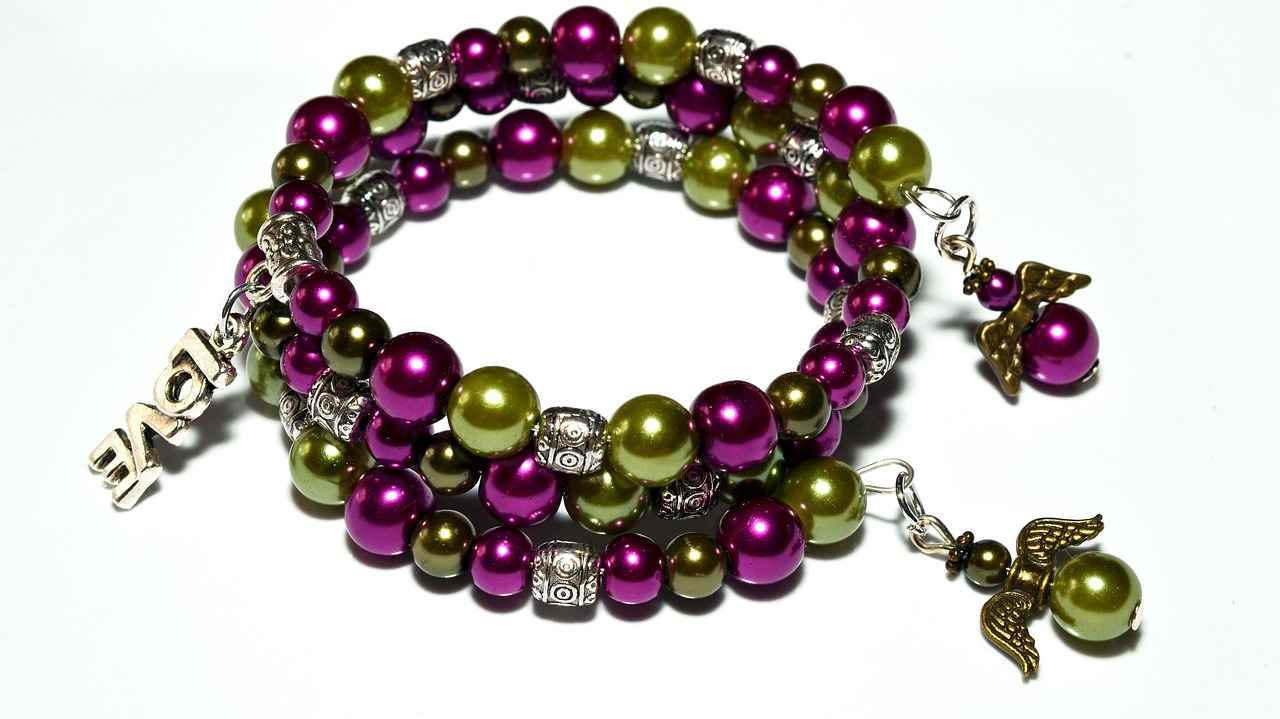
What Role Does Craftsmanship Play in Value Retention?
The world of handmade jewelry is not just about aesthetics; it also encompasses a deep appreciation for the skill and artistry involved in its creation. The craftsmanship behind each piece can significantly influence its value, making it essential for both buyers and sellers to understand this dynamic.
High-quality craftsmanship is often synonymous with durability and beauty, which are crucial factors in the value retention of handmade jewelry. When artisans pour their expertise into a piece, it typically reflects in the item’s longevity and visual appeal. This section will explore how craftsmanship impacts the overall worth of handmade jewelry.
To assess craftsmanship, several elements must be considered:
- Design Intricacy: Complex designs often require more skill and time, which can enhance the value.
- Finishing Techniques: The quality of finishing can indicate the attention to detail and overall quality of the piece.
- Material Integration: How well different materials are combined can affect both aesthetics and durability.
By examining these aspects, buyers can gain insights into the potential value of the jewelry they are considering.
Authenticity is crucial in the handmade jewelry market. To ensure that you are investing in genuine pieces, look for:
- Hallmarks: Many artisans stamp their work with a signature or logo, which can signify authenticity.
- Unique Characteristics: Handmade items often possess unique traits that mass-produced items lack.
- Documentation: Certificates of authenticity can provide verification of the piece’s origin and craftsmanship.
Yes, the level of craftsmanship can significantly affect the resale value of handmade jewelry. Well-crafted pieces tend to retain their value better than those that are poorly made. Buyers often seek out high-quality craftsmanship, which can lead to increased demand and higher resale prices.
To preserve the value of handmade jewelry, consider the following tips:
- Proper Care: Regular cleaning and proper storage can prevent damage and maintain the piece’s condition.
- Avoiding Harsh Environments: Protecting jewelry from extreme temperatures and moisture can help maintain its integrity.
- Regular Appraisals: Getting pieces appraised periodically can help you understand their current market value.
Understanding the role of craftsmanship in handmade jewelry is essential for anyone looking to invest in or sell these unique pieces. The skill and artistry involved not only enhance the aesthetic appeal but also contribute significantly to value retention over time. By focusing on quality craftsmanship, buyers can make informed decisions that will benefit them in the long run.
Evaluating Craftsmanship in Handmade Pieces
When it comes to handmade jewelry, evaluating craftsmanship is a vital step in understanding its overall value and quality. The intricacies involved in the design and creation of each piece can significantly influence not only its aesthetic appeal but also its potential worth over time. By examining various aspects of craftsmanship, buyers can make informed decisions that reflect both the artistry and the investment potential of the jewelry.
Several critical factors contribute to the overall craftsmanship of handmade jewelry. These include:
- Design Intricacy: The complexity of the design plays a significant role in determining the piece’s uniqueness and appeal. Intricate designs often showcase the artisan’s skill and creativity.
- Finishing Techniques: The methods used for finishing a piece can indicate the level of care and attention the artisan has invested. Techniques such as polishing, engraving, and stone setting can enhance the visual appeal and durability.
- Material Quality: The choice of materials used in the jewelry, from metals to gemstones, reflects the artisan’s commitment to quality. High-quality materials not only enhance aesthetics but also contribute to long-term value retention.
- Overall Aesthetics: The visual harmony of the piece, including color combinations and form, is crucial. Well-balanced aesthetics often indicate a skilled artisan who understands design principles.
Design intricacy can significantly impact the perceived value of handmade jewelry. Pieces that feature elaborate designs often attract higher prices due to their uniqueness and the time invested in their creation. An artisan who incorporates detailed patterns or complex structures demonstrates a high level of skill, which can resonate with buyers looking for exclusive items.
Finishing techniques are essential in the final stages of jewelry creation. They not only enhance the piece’s appearance but also affect its durability. For instance, a well-polished surface can reflect light beautifully, creating an eye-catching effect. Additionally, techniques such as oxidizing or matte finishing can provide a distinct character to the piece, appealing to different consumer preferences.
The materials used are a cornerstone of craftsmanship. Jewelry made with precious metals and high-quality gemstones tends to hold its value better than those made with lower-grade materials. For example, a piece crafted from 18K gold or featuring ethically sourced gemstones not only signifies quality but also aligns with growing consumer preferences for sustainable and responsible sourcing.
The overall aesthetics of handmade jewelry can greatly influence a buyer’s perception of value. A well-designed piece that harmonizes color, shape, and texture often evokes a stronger emotional response, making it more desirable. Artisans who understand and apply principles of design can create pieces that stand out in a crowded market, thereby enhancing their value.
When evaluating craftsmanship in handmade jewelry, buyers should consider asking the following questions:
- What materials were used, and are they of high quality?
- How intricate is the design, and does it showcase the artisan’s skill?
- What finishing techniques were applied, and do they enhance the piece’s overall appeal?
- Does the overall aesthetic resonate with current trends while maintaining a timeless quality?
By taking the time to assess these factors, buyers can better understand the craftsmanship behind each piece and make informed purchasing decisions that align with their values and investment goals.
How to Spot Authentic Handmade Jewelry
When it comes to purchasing jewelry, particularly handmade pieces, authenticity plays a crucial role in value retention. Buyers often seek unique, one-of-a-kind items that reflect artistry and craftsmanship. However, the market is rife with mass-produced imitations that may appear similar at first glance. Therefore, understanding how to identify genuine handmade jewelry is essential for making informed purchasing decisions.
Why is Authenticity Important?
Authenticity ensures that you are investing in a piece that holds intrinsic value. Genuine handmade jewelry often carries the artisan’s signature or hallmark, which can significantly enhance its worth over time. Without this verification, buyers risk acquiring items that lack the uniqueness and quality associated with true handmade craftsmanship.
Identifying Hallmarks and Signatures
Hallmarks and signatures are often the first indicators of authenticity. These markings can include the artisan’s initials, the materials used, and sometimes even the location of the maker. Familiarizing yourself with common hallmarks can help you distinguish authentic pieces from replicas. For instance, sterling silver pieces typically bear a stamp indicating their purity (e.g., 925 for sterling silver). Always check for these marks, especially in higher-end jewelry.
Recognizing Unique Characteristics
Authentic handmade jewelry often showcases unique characteristics that mass-produced items lack. Look for irregularities in design, such as asymmetrical shapes or variations in color and texture. These imperfections are often signs of a piece that has been crafted with care and attention to detail. In contrast, mass-produced items tend to have uniformity that can indicate a lack of originality.
Assessing Craftsmanship
The level of craftsmanship is another vital factor in determining authenticity. Examine the quality of the materials used and the overall construction of the piece. Genuine handmade jewelry will often feature superior finishing techniques, such as smooth edges and secure settings for gemstones. If possible, ask the artisan about their process and materials to gain insight into the craftsmanship involved.
Understanding Material Quality
High-quality materials are a hallmark of authentic handmade jewelry. Whether it’s precious metals like gold and silver or gemstones, the quality of these materials directly impacts the piece’s value. Be wary of items that appear to be made from cheaper materials, as they may not hold their value over time. Knowledge of the materials used can also help you determine the authenticity of the piece.
Researching the Artisan
Another effective way to spot authentic handmade jewelry is by researching the artisan or brand. Established artisans often have a reputation that precedes them, and their work is typically well-documented. Look for reviews, testimonials, and information on their crafting techniques. A reputable artisan will often be proud to share their story and the inspiration behind their work.
Where to Buy Authentic Handmade Jewelry
- Artisan markets and craft fairs
- Reputable online platforms specializing in handmade goods
- Established jewelry boutiques that focus on authentic pieces
By purchasing from trusted sources, you can further ensure that you are acquiring genuine handmade jewelry. Always ask for documentation or certificates of authenticity when possible.
In conclusion, spotting authentic handmade jewelry involves a keen eye for details such as hallmarks, craftsmanship, and material quality. By following these guidelines, buyers can confidently invest in pieces that not only embody artistry but also retain their value over time.
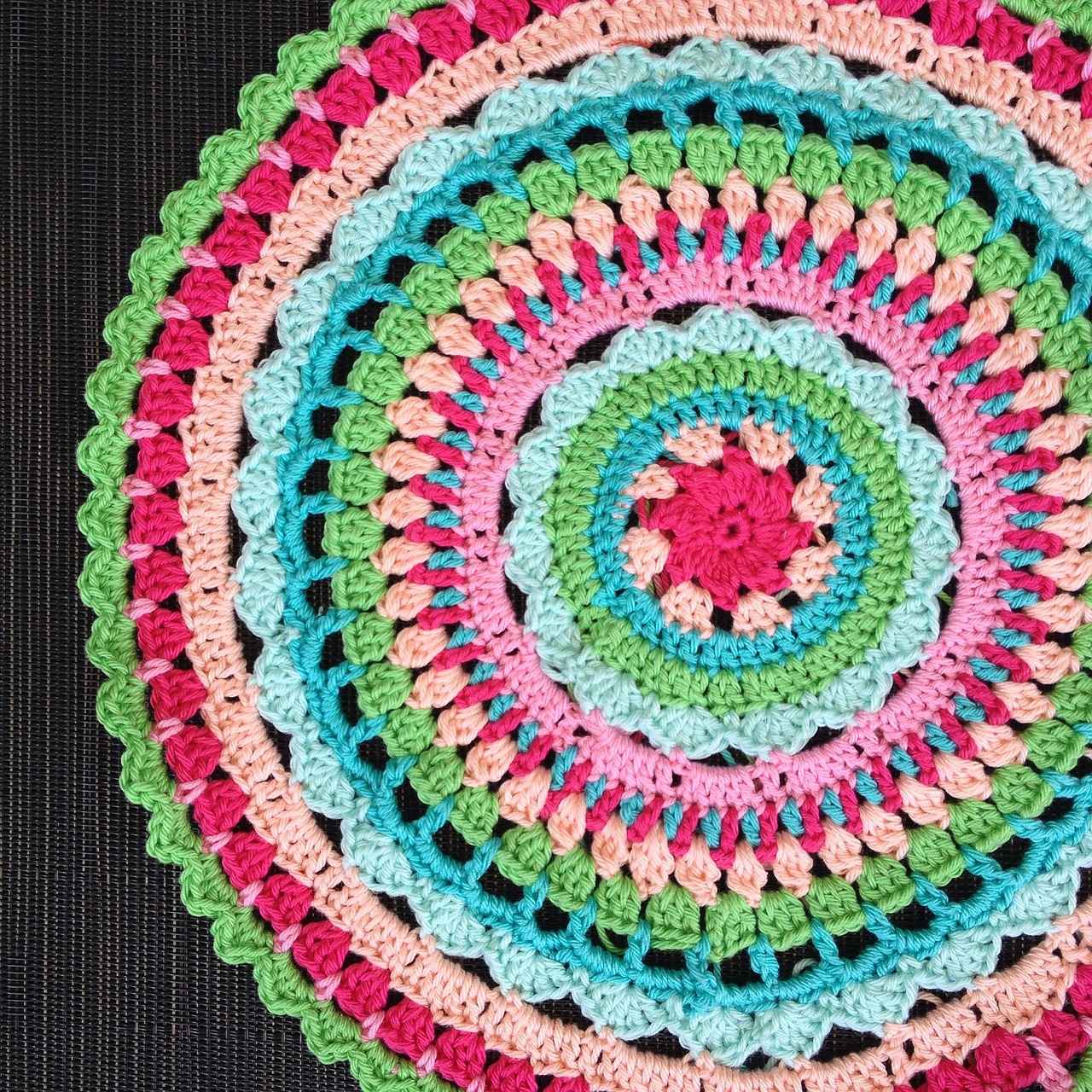
Does Brand Reputation Affect Handmade Jewelry Value?
The world of handmade jewelry is as diverse as it is captivating, with each piece telling a unique story. One of the most significant factors influencing the value of these exquisite creations is the brand reputation of the artisan or the brand behind the jewelry. This article delves into how brand reputation can affect the perceived and actual value of handmade jewelry.
The reputation of a brand or artisan plays a crucial role in determining the value of handmade jewelry. Established brands often enjoy a loyal customer base, which can drive demand and, consequently, prices upward. Trust is a key element; consumers are more likely to invest in pieces from artisans or brands known for their quality and reliability.
Artisans with a long-standing history and a strong brand presence often command higher prices for their jewelry. This is due to several factors:
- Perceived Quality: Consumers associate established brands with superior craftsmanship and materials.
- Trust: A good reputation fosters trust, encouraging buyers to invest in higher-priced items.
- Rarity and Exclusivity: Many renowned artisans create limited-edition pieces, enhancing their desirability and value.
When an artisan becomes recognized for their unique style or exceptional skill, their creations can see a significant increase in value. Collectors often seek out pieces from recognized artisans, leading to a competitive market where prices reflect the artist’s reputation. Artisan recognition can transform a simple piece of jewelry into a sought-after collectible.
The story behind a brand or artisan can greatly influence consumer choices. A compelling narrative about the artisan’s journey, their inspiration, and the techniques they use can add emotional value to the jewelry. This emotional connection often justifies higher prices, as buyers feel they are purchasing not just a piece of jewelry but a part of the artisan’s story.
While established brands have the advantage of reputation, new artisans can carve out their niche by focusing on quality and unique designs. By building a strong brand identity and engaging with customers through social media and local markets, new artisans can create a loyal following. Quality craftsmanship and innovative designs can help them compete effectively in the marketplace.
Effective marketing strategies can significantly enhance a brand’s reputation. Social media platforms, influencer collaborations, and storytelling can elevate an artisan’s visibility and perceived value. By showcasing their work and engaging with a broader audience, artisans can build a strong brand presence that attracts buyers willing to pay a premium.
When considering a purchase, it’s essential to assess the brand reputation of the artisan. Here are some tips to evaluate:
- Research: Look for reviews, testimonials, and ratings from previous customers.
- Social Media Presence: A strong and positive presence on social media can indicate a reputable brand.
- Artisan Background: Understanding the artisan’s journey and experience can provide insight into their craftsmanship.
In conclusion, the reputation of a brand or artisan significantly influences the value of handmade jewelry. Established names tend to command higher prices due to trust, perceived quality, and emotional connections. However, new artisans can also succeed by focusing on quality, unique designs, and effective marketing strategies. Ultimately, whether you are a buyer or a seller, understanding the nuances of brand reputation can help navigate the vibrant world of handmade jewelry.
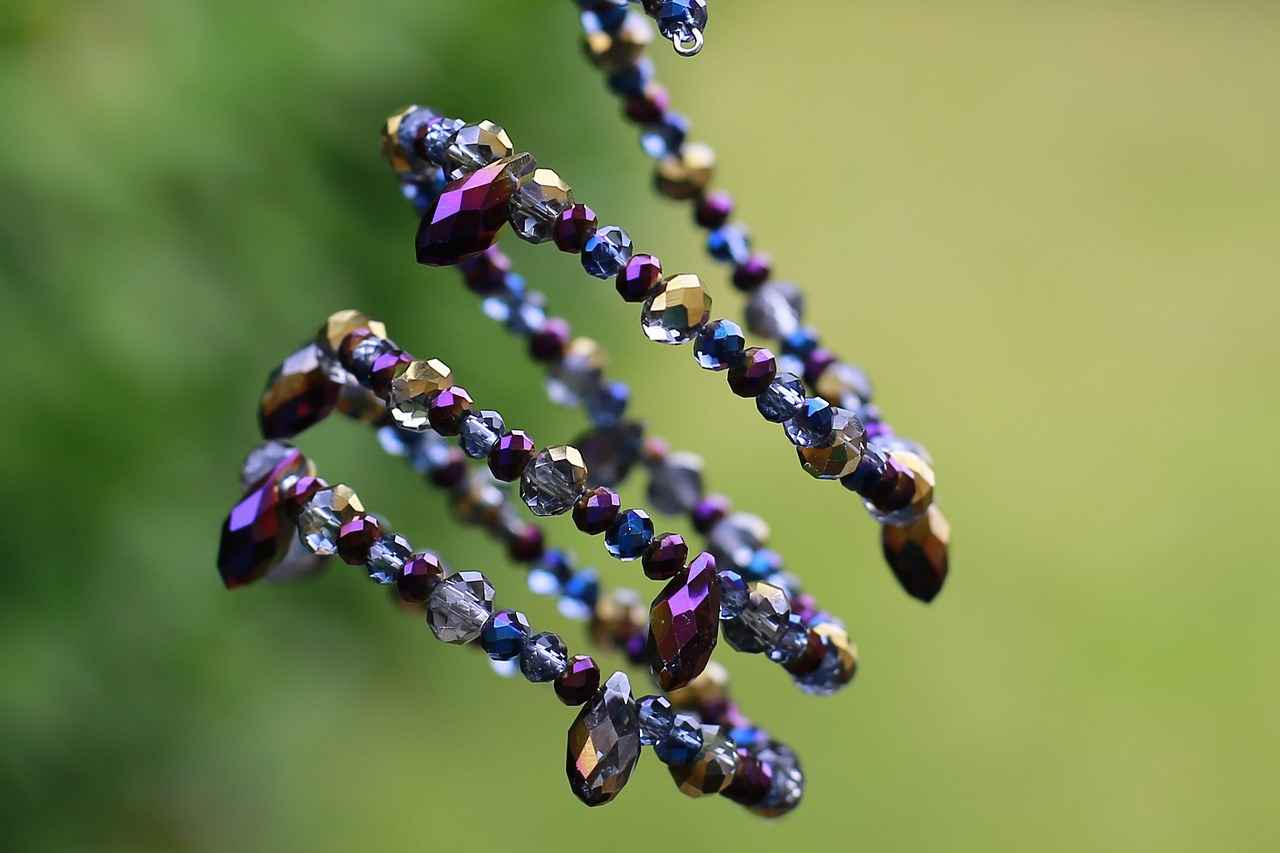
How Does Market Demand Impact Value?
The world of handmade jewelry is as dynamic as it is beautiful. Market demand plays a crucial role in determining the value of these unique pieces. As trends evolve and consumer preferences shift, the value of handmade jewelry can fluctuate significantly. Understanding the nuances of market demand is essential for both buyers and sellers aiming to navigate this vibrant landscape.
Several factors contribute to the demand for handmade jewelry, including:
- Fashion Trends: Styles that are currently in vogue can elevate the desirability of certain pieces.
- Celebrity Influence: When celebrities showcase handmade jewelry, it can spark interest and increase demand.
- Social Media: Platforms like Instagram and Pinterest play a significant role in shaping consumer preferences and trends.
- Seasonal Changes: Certain times of the year, such as holidays or wedding seasons, can see spikes in demand for specific types of jewelry.
Consumer preferences are not static; they evolve based on various cultural and societal influences. For instance, there is a growing trend towards sustainability and ethical sourcing in jewelry. This shift has led to an increased value placed on handmade pieces that utilize recycled materials or ethically sourced gemstones.
For both buyers and sellers, staying informed about current trends can lead to more strategic decisions. Here are some reasons why:
- Investment Potential: Understanding which styles are gaining popularity can help sellers price their pieces competitively.
- Consumer Satisfaction: Buyers who are aware of trends can make informed choices that align with their personal style and investment goals.
- Market Timing: Knowing when to buy or sell can maximize value; for example, selling a piece during peak demand can yield higher returns.
Neglecting to stay updated on market trends can lead to missed opportunities. Handmade jewelry that was once in high demand may lose its appeal, resulting in decreased value. Additionally, sellers who fail to adapt may find their pieces languishing in the market, unable to attract buyers.
There are several effective strategies for keeping abreast of market trends:
- Follow Industry Blogs: Many jewelry experts and designers share insights on trends and consumer preferences.
- Engage on Social Media: Platforms like Instagram and TikTok are great for discovering emerging trends and popular styles.
- Attend Trade Shows: Participating in jewelry expos can provide firsthand insights into what’s trending in the market.
- Join Online Communities: Forums and groups dedicated to handmade jewelry can be valuable resources for information and advice.
In conclusion, understanding how market demand impacts the value of handmade jewelry is vital for both buyers and sellers. By staying informed about trends and consumer preferences, individuals can make strategic decisions that enhance their investment potential. Whether you are a passionate collector or an artisan looking to sell, being aware of the ever-changing landscape of handmade jewelry will serve you well.
Identifying Current Trends in Handmade Jewelry
In the ever-evolving world of fashion, handmade jewelry has carved out a unique niche, appealing to those who appreciate artistry and individuality. Understanding the current trends in styles, materials, and designs is essential for both buyers and sellers. This knowledge can significantly inform purchasing decisions and investment strategies, ensuring that individuals make choices that resonate with contemporary tastes while also holding potential for value retention.
Fashion trends in handmade jewelry are influenced by various factors, including cultural movements, celebrity endorsements, and social media. Currently, some of the most sought-after styles include:
- Minimalist Designs: Simple, clean lines and understated elegance are trending, appealing to those who prefer subtle sophistication.
- Nature-Inspired Pieces: Designs that incorporate organic shapes and natural elements, such as leaves and flowers, reflect a growing appreciation for the environment.
- Personalized Jewelry: Custom pieces that tell a story or hold personal significance are increasingly popular, allowing wearers to express their individuality.
The materials used in handmade jewelry not only affect its aesthetic appeal but also its value. Currently, the following materials are in high demand:
- Recycled Metals: Eco-conscious consumers are gravitating towards jewelry made from recycled materials, reflecting a commitment to sustainability.
- Ethically Sourced Gemstones: There is a growing demand for gemstones that are sourced responsibly, ensuring that they do not contribute to environmental or social harm.
- Alternative Materials: Unique materials such as resin, wood, and ceramics are gaining traction, offering distinctive looks that stand out in the market.
Designs play a crucial role in shaping market trends. Currently, there is a noticeable shift towards:
- Layering: The trend of layering necklaces and stacking rings allows for creativity and personalization, making it a popular choice among fashion-forward individuals.
- Statement Pieces: Bold, eye-catching designs that serve as conversation starters are in vogue, appealing to those who want to make a strong fashion statement.
- Vintage and Retro Styles: Nostalgic designs from past decades are making a comeback, attracting those who appreciate timeless elegance.
For both buyers and sellers, staying informed about current trends is crucial. Buyers can make educated decisions, ensuring that their purchases align with contemporary tastes and have the potential to retain or increase in value. Sellers, on the other hand, can tailor their creations to meet market demands, enhancing their chances of success.
In conclusion, understanding the latest trends in handmade jewelry—ranging from popular styles and materials to innovative designs—can significantly impact purchasing decisions and investment strategies. By being aware of these elements, individuals can navigate the market with confidence, ensuring that their choices reflect both personal style and market viability.
Seasonal Trends and Their Effects on Value
Understanding how seasonal trends affect the demand for handmade jewelry is crucial for both buyers and sellers. As the seasons change, so do consumer preferences, which can significantly influence the pricing and market value of various jewelry types. This article delves into how these trends manifest and what they mean for the handmade jewelry market.
Seasonal trends are often dictated by holidays, fashion cycles, and cultural events. For instance, during the holiday season, there is typically a surge in demand for jewelry as gifts. This increased interest can lead to higher prices for popular items, particularly those that are uniquely crafted or have a personal touch. Conversely, during off-peak seasons, demand may wane, impacting prices negatively.
- Spring: This season often sees a rise in demand for floral designs and pastel-colored stones, reflecting the natural beauty of blooming flowers.
- Summer: Bright, vibrant pieces that incorporate shells or tropical motifs tend to capture the interest of consumers looking for vacation accessories.
- Fall: Earthy tones and materials like wood or leather become popular as people prepare for the cooler months.
- Winter: The holiday season brings a focus on luxury items, with an emphasis on gemstones and intricate designs that make for perfect gifts.
Holidays such as Mother’s Day, Valentine’s Day, and Christmas create spikes in demand for handmade jewelry. During these times, consumers are often willing to pay a premium for unique, handcrafted pieces that symbolize love and appreciation. Sellers can capitalize on this trend by promoting their products in advance and creating limited-edition items that appeal to gift-givers.
When setting prices, sellers should consider the following:
- Market Trends: Researching current trends can help sellers adjust their pricing strategies to align with consumer demand.
- Material Costs: Fluctuations in the cost of materials can affect pricing, especially if certain materials become more popular during a specific season.
- Promotional Strategies: Offering seasonal discounts or bundles can attract buyers, allowing sellers to maintain sales volume even during slower periods.
Buyers can benefit from understanding seasonal trends by:
- Shopping Off-Season: Purchasing items during off-peak times can lead to significant savings, as prices may drop when demand is lower.
- Staying Informed: Following trends can help buyers identify which pieces will be in demand and potentially increase in value.
- Supporting Local Artisans: By purchasing handmade jewelry directly from artisans, buyers can often find unique pieces that reflect seasonal trends without the markup associated with larger retailers.
In conclusion, seasonal trends have a profound impact on the demand and pricing of handmade jewelry. By understanding these trends, both buyers and sellers can make informed decisions that enhance their experiences in the handmade jewelry market.
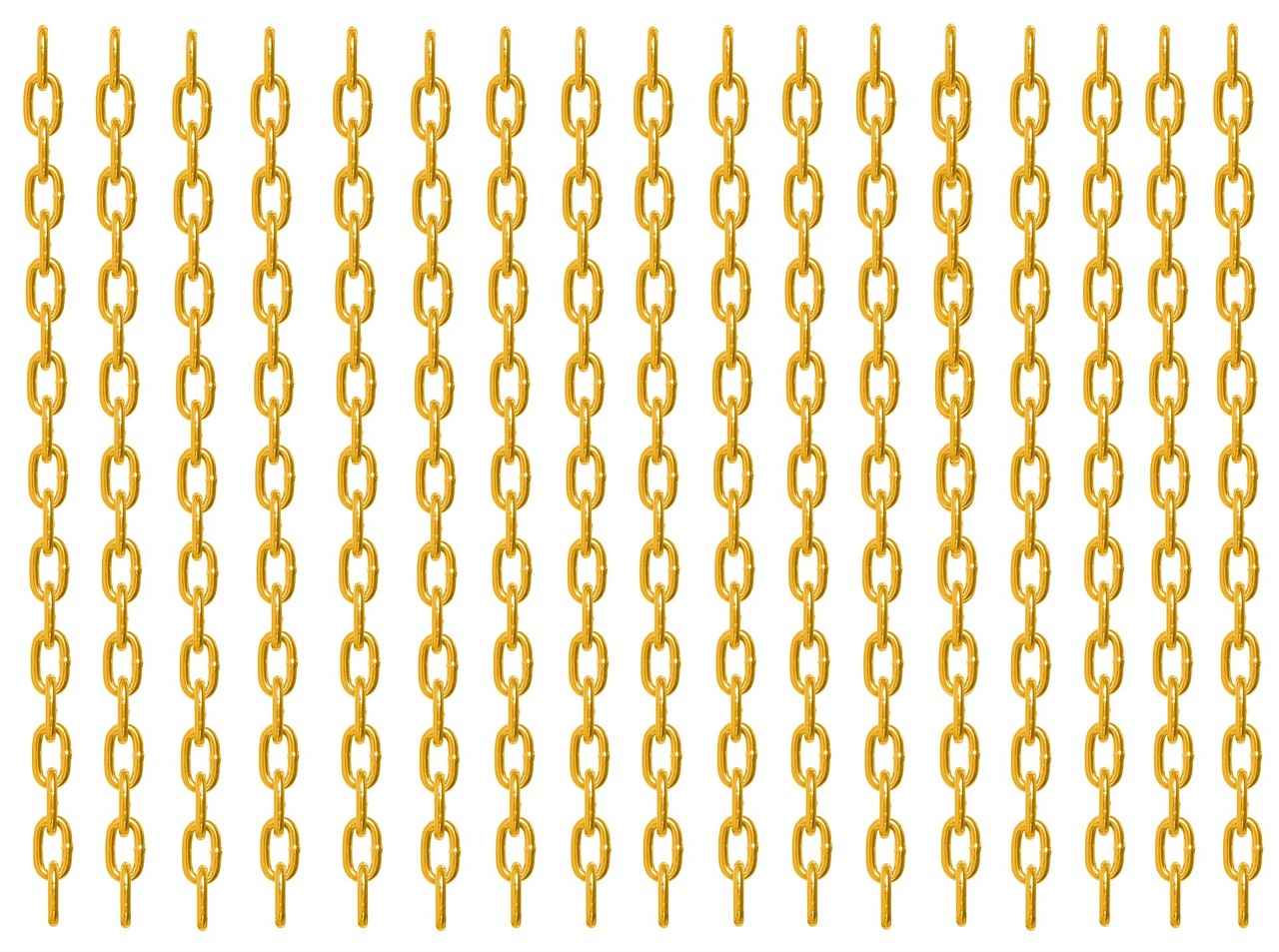
What Are the Best Practices for Buying Handmade Jewelry?
When it comes to purchasing handmade jewelry, there are several best practices that can help ensure you make a sound investment. Understanding the intricacies of the market, the importance of authenticity, and the value of craftsmanship are essential steps in the buying process. This guide aims to provide you with the necessary insights to navigate the world of handmade jewelry effectively.
Authenticity is paramount when buying handmade jewelry. Here are some key factors to consider:
- Hallmarks and Signatures: Look for unique markings that indicate the piece is handmade. These can often include the artisan’s signature or specific hallmarks that denote authenticity.
- Materials Used: Genuine handmade jewelry typically utilizes high-quality materials. Verify the type of metals and gemstones used, as these significantly impact value.
- Craftsmanship: Examine the piece closely for signs of quality workmanship. Well-finished edges, intricate designs, and attention to detail are indicators of a quality product.
High-quality craftsmanship is a crucial factor in determining the value retention of handmade jewelry. Here’s how to evaluate it:
- Design Intricacy: Complex designs often require more skill and time to create, which can enhance the piece’s value.
- Finishing Techniques: Look for smooth surfaces and polished finishes. Poor finishing can detract from the overall appeal and longevity of the jewelry.
- Overall Aesthetics: Trust your instincts. If a piece resonates with you visually and emotionally, it is likely a worthwhile investment.
Finding the right place to purchase handmade jewelry is crucial for ensuring authenticity and quality. Consider the following options:
- Artisan Markets: Local artisan markets often feature jewelry made by skilled artisans. Purchasing directly from them can provide valuable insights into the piece’s history and craftsmanship.
- Online Platforms: Websites like Etsy and specialized artisan sites offer a wide range of handmade jewelry. Look for sellers with positive reviews and clear return policies.
- Established Boutiques: Seek out boutiques that specialize in handmade items. These shops typically vet their artisans, ensuring quality and authenticity.
Understanding the difference between price and value is vital when buying handmade jewelry. Here are some tips:
- Research Market Trends: Stay informed about current trends in handmade jewelry to understand pricing. This knowledge helps you gauge whether a piece is fairly priced.
- Assess Material Quality: The quality of materials used can significantly influence both price and value. Precious metals and high-grade gemstones typically command higher prices.
- Consider Craftsmanship: A well-crafted piece may cost more upfront but could retain its value better over time, making it a smarter investment.
Investing in handmade jewelry offers numerous advantages:
- Unique Designs: Each piece is often one-of-a-kind, allowing you to express your individuality.
- Supporting Artisans: Purchasing handmade jewelry supports local artisans and small businesses, contributing to the economy.
- Quality Assurance: Handmade items often reflect a higher level of craftsmanship compared to mass-produced alternatives.
By following these best practices, you can navigate the world of handmade jewelry with confidence, ensuring that your purchases are both meaningful and valuable.
Where to Buy Authentic Handmade Jewelry
When it comes to investing in authentic handmade jewelry, knowing where to buy is just as important as understanding its value. The market is filled with options, but ensuring that you purchase from reputable sources can make a significant difference in quality and authenticity. Below are some of the best places to find genuine handmade pieces.
Artisan markets are excellent venues for finding handcrafted jewelry. These markets often feature local artisans who showcase their work, providing a direct link between the creator and the buyer. When visiting an artisan market, take the time to:
- Engage with the artisans to learn about their techniques and materials.
- Inquire about the story behind each piece, which adds to its value.
- Inspect the craftsmanship closely to ensure quality.
In today’s digital age, many reputable online platforms specialize in handmade jewelry. Websites like Etsy, ArtFire, and even dedicated sections on larger e-commerce sites offer a wide variety of authentic pieces. When shopping online, consider the following:
- Check seller reviews and ratings to gauge their credibility.
- Look for detailed descriptions and high-quality images to assess the item accurately.
- Understand the return policy in case the piece does not meet your expectations.
Visiting established boutiques that focus on handmade jewelry can be a rewarding experience. These shops often curate collections from various artisans, ensuring that each piece meets a certain standard of quality. When exploring boutiques, keep an eye out for:
- Certificates of authenticity for high-value items.
- Information about the artisans whose work is featured in the store.
- Exclusive collections that may not be available elsewhere.
Platforms such as Instagram and Pinterest have become popular for discovering new and emerging jewelry artists. Many artisans showcase their work on these platforms, allowing you to purchase directly from them. To make the most of social media:
- Follow hashtags related to handmade jewelry to find new creators.
- Engage with posts to ask questions about materials and techniques.
- Check for links to their online shops or contact information.
Attending art shows and exhibitions can provide an immersive experience where you can appreciate the artistry behind handmade jewelry. These events often feature a variety of artisans, allowing you to:
- See the pieces up close and assess their quality firsthand.
- Participate in workshops to learn about the creation process.
- Network with artisans for future purchases or custom designs.
In conclusion, finding reputable sources for authentic handmade jewelry is crucial for ensuring quality and value. By exploring artisan markets, trusted online platforms, established boutiques, social media, and art shows, you can discover unique pieces that reflect your personal style and investment goals. Always remember to do your research and engage with the artisans to make informed purchasing decisions.
How to Evaluate Price vs. Value
When it comes to purchasing handmade jewelry, understanding the distinction between price and value is crucial for making informed decisions. While price reflects the amount you pay for an item, value encompasses the overall worth based on various factors like craftsmanship, materials, and market demand. This nuanced understanding is essential for both buyers and sellers alike.
Many consumers often equate price with value, but this can lead to poor purchasing decisions. For instance, a piece of jewelry may have a low price tag but be crafted from high-quality materials and exhibit exceptional artistry, thus holding a higher value than its price suggests. Conversely, some expensive pieces may not be worth the investment due to poor craftsmanship or inferior materials.
The craftsmanship of handmade jewelry is one of the most significant indicators of its value. High-quality pieces often feature intricate designs, precise finishing techniques, and attention to detail. When evaluating craftsmanship, consider the following:
- Design Complexity: Unique and intricate designs often indicate a higher skill level and, consequently, greater value.
- Finishing Techniques: Smooth edges, polished surfaces, and secure settings show a commitment to quality.
- Overall Aesthetics: The visual appeal of a piece can greatly influence its perceived value.
The materials used in handmade jewelry also play a significant role in determining its value. Precious metals like gold and silver typically enhance value, while gemstones can add even more worth. Consider the following:
- Gold vs. Silver: Gold generally holds a higher market value compared to silver, but both can be valuable depending on their purity and craftsmanship.
- Gemstone Quality: The rarity and quality of gemstones can significantly increase a piece’s value. Look for clarity, cut, color, and carat weight.
Market demand is another critical factor that influences the value of handmade jewelry. Trends can shift rapidly, affecting what consumers are willing to pay. Staying informed about current trends can help buyers make more strategic decisions. For example, if a particular style is gaining popularity, pieces in that category may see a rise in value.
Authenticity is vital for ensuring that you are getting value for your money. Identifying hallmarks, signatures, and unique characteristics can help distinguish genuine handmade pieces from mass-produced items. Always ask for documentation or certificates of authenticity when purchasing high-value items.
To effectively evaluate price versus value when buying handmade jewelry, consider the following best practices:
- Research: Familiarize yourself with the artisan or brand. Understanding their reputation can provide insights into the quality and value of their pieces.
- Ask Questions: Don’t hesitate to inquire about the materials and techniques used in the jewelry. Knowledgeable artisans will be happy to share this information.
- Compare Similar Pieces: Look at comparable items to gauge whether the price aligns with the quality and craftsmanship.
In conclusion, understanding the difference between price and value is essential for anyone looking to invest in handmade jewelry. By assessing craftsmanship, materials, and market demand, buyers can make informed decisions that ensure they are getting the best value for their investment.
Frequently Asked Questions
- Does handmade jewelry retain its value?
Yes, handmade jewelry can retain its value, especially if it is crafted from high-quality materials, showcases exceptional craftsmanship, and is from a reputable brand. Factors like market demand and current trends also play a role in value retention.
- What materials should I look for in handmade jewelry?
When investing in handmade jewelry, look for pieces made from precious metals like gold or silver and genuine gemstones. These materials typically enhance the overall value and appeal of the jewelry.
- How can I identify authentic handmade jewelry?
To spot authentic handmade jewelry, check for hallmarks, signatures, and unique design features. Authentic pieces often have a personal touch that distinguishes them from mass-produced items.
- Does the brand name affect the value of handmade jewelry?
Absolutely! The reputation of the brand or artisan can significantly impact the value of handmade jewelry. Established names often command higher prices due to trust and perceived quality.
- What should I consider when buying handmade jewelry?
Consider factors such as authenticity, craftsmanship, and current market trends. Understanding these elements will help ensure you make a sound investment that retains its value over time.
